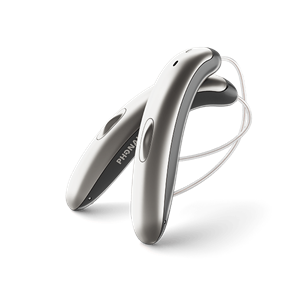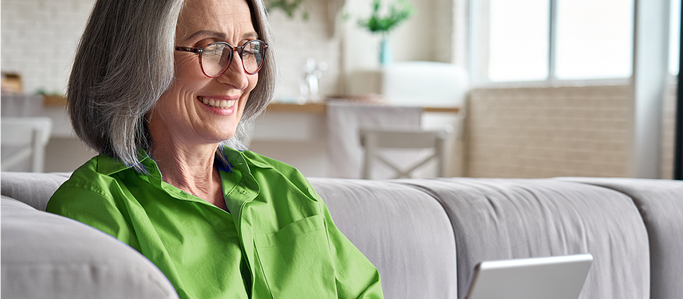Tips to Safe Ear Cleaning at Home | Connect Hearing
_copy.png?branch=web_prod&quality=80&auto=avif&format=webp)
Tips to Safe Ear Cleaning at Home | Connect Hearing
10 min.
Publication Date: July 18, 2019
Excessive buildup of earwax is a relatively common issue that many people struggle with at some point over the course of their life. Doctors refer to this condition as cerumen impaction. Although having impacted earwax is a relatively benign condition, wax removal is a delicate process that is best addressed by a hearing professional.
The hallmark symptoms of an ear blockage are:
- a feeling of fullness in the ear
- ear drainage
- partial hearing loss
- itching
- tinnitus (ringing in the ear)
If you have ever suffered from wax buildup, you understand how miserable these symptoms can make you feel. No wonder why most people will try any sort of home remedies such as ear candling, ear swabs or over-the-counter ear cleaners to resolve this issue. But how do you clean your ears properly?Can you use a Q-tip to remove the wax? Can ear swabs damage the ear canal? Isn't ear candling dangerous? All great questions. Keep reading to learn everything you need to know about ear cleaning.
What is the function of earwax?
Before diving deeper into the topic of safely removing excessive earwax, it is important to understand what earwax is. Earwax, called cerumen, is more useful than you may think. It's natural and completely healthy for your body to produce it so that it can perform various essential functions. This sticky, waxy substance gets little credit for all the good it does.
For instance, it traps tiny particles of dirt, dead skin cells, dust, and filters them out and away from the eardrum and the outer ear. This protective function is called a self-cleaning mechanism. Earwax also lubricates your ear canals, preventing them from becoming dry and itchy.
How to safely remove excess earwax
It is not uncommon for some people to occasionally experience excess earwax. If your ear canal is completely blocked, you should not attempt to remove the wax on your own. In this situation, your best bet is to consult an Ear, Nose, and Throat Specialist (ENT). A specialist can safely remove earwax plugs so your hearing will not be affected. Do not disregard the signs of a blockage and allow the earwax to accumulate in the ear canal. Doing so may lead to temporary hearing loss. Those who wear hearing aids or swim regularly may also require additional care of their ear canal to prevent infections.
What should I not do when cleaning my ear?
When it comes to ear cleaning, there are quite a few misconceptions that float around. Not all methods are safe or reliable solutions for impacted earwax.
Q-tips
Although many people use Q-tips for ear cleaning, that does not make ear swabs safe. It's never a good idea to stick any objects into your ear canal. It can be especially dangerous if you have had ear surgery in the past, have a ruptured eardrum, or have ear pain or drainage.
It’s best to refrain from using cotton swabs altogether. Imagine a narrow pipe that you want to free from dirt with a long stick. The stick you are using is only marginally narrower but much longer than the pipe itself. Can you see why this is not an effective strategy? The same way, when you stick a cotton swab into your ear canal, you will end up pushing the earwax plug further down. Not only might you entirely block the exit, but you also risk injuring the eardrum. Another possible complication is when the wax hardens right at the eardrum, which may lead to drastic hearing loss and discomfort.
Ear candling
Ear candling is another popular but equally risky method of DIY ear cleaning. While many tout its effectiveness, we do not recommend it. The risk of injury caused by hot wax is very high, which can lead to permanent damage to the ear canal, such as burning the eardrum.
How to Safely Clean Your Ears at Home?
In summary, here are the general guidelines to make ear cleaning as safe and effective as possible:
- Whenever possible, ask your doctor to remove the wax for you.
- Gently cleanse the outer edges part of your ear (the pinna) with a damp cloth.
- Be sure not to insert anything into the ear canal such as cotton swabs.
Author
Connect Hearing Canada



